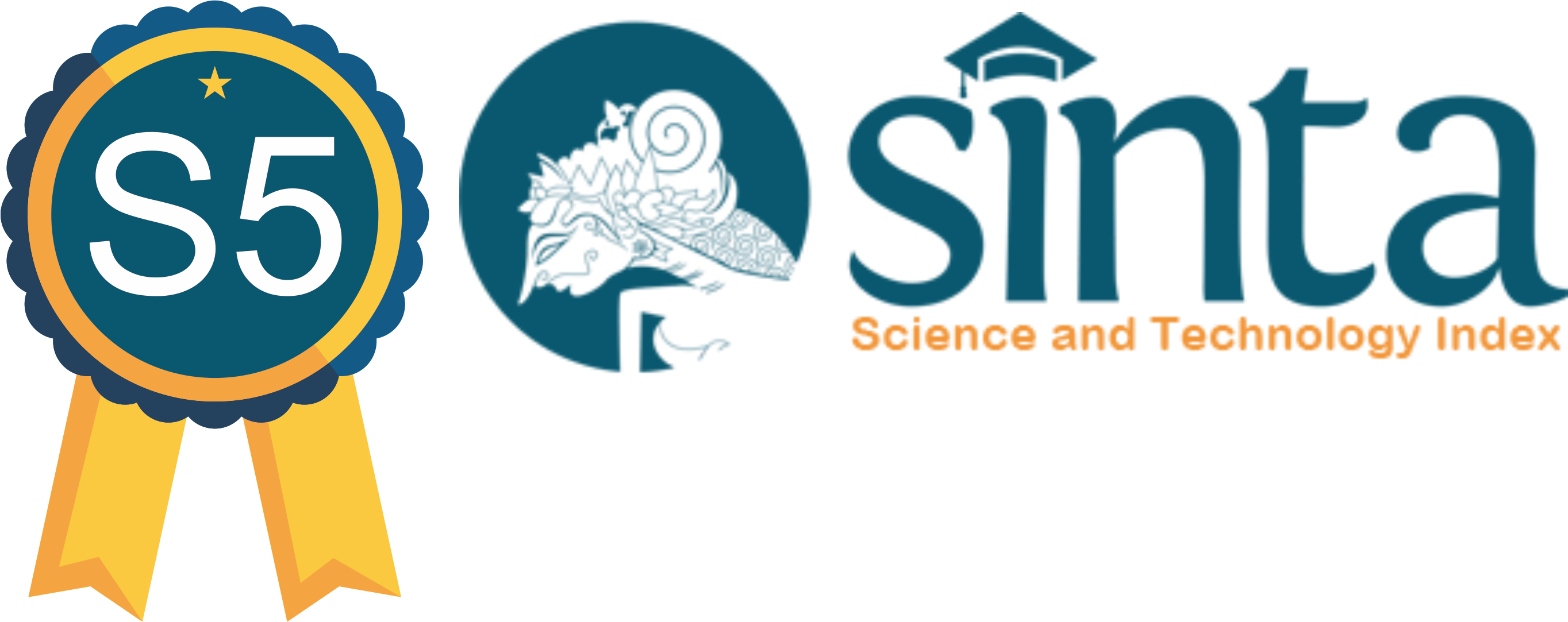Factors Related to the Incidence of Low Birth Weight (LBW)
Abstract
Low birth weight (LBW) is the main indicator of reproductive health and overall public health. LBW refers to babies whose birth weight is less than 2500 grams and has nothing to do with gestational age. The study aims to determine the factors related with the incidence of LBW in Prof.DR.W.Z Hospital. This research is an analytical survey with a cross-sectional approach. The sample amounted to 99 babies born at Prof.DR.W.Z Johanes Hospital for the period January to December 2019 while the respondents were mothers of babies who were selected using the simple random sampling method. The data analysis used was univariate and bivariate analysis with Chi-Square test. The results showed that the factors associated with LBW were parity (p=0.000), nutritional status (p=0.000), and pregnancy anemia (p=0.000), while the factors not related to LBW were maternal age (p=0.120), mother's education (p=0.370) and mother's occupation (p=0791).
Downloads
References
Astuti, A. (2011). Gambaran Kejadian BBLR di RSUD Syekh Yusuf Kabupaten Gowa Periode Januari sampai September. Makasar: Universitas Islam Negeri Alaudin Makasar. Retrieved from : http://repositori.uin-alauddin.ac.id/4060/
Dinas Kesehatan Kota Kupang. (2018). Profil Kesehatan Kota Kupang Tahun 2018. Kota Kupang: Dinas Kesehatan Kota Kupang. Retrieved from Dinas Kesehatan Kota Kupang website : https://dinkes-kotakupang.web.id/bank-data/category/1-profil-kesehatan.html?download=36:profil-kesehatan-tahn-2018
Notoatmodjo, S. (2014). Kesehatan Masyarakat : Ilmu & Seni. Jakarta: Rineka Cipta.
Permatasari, C. (2018). Determinan Kejadian Berat Badan Lahir Rendah di RSUD Wates. Yokyakarta: Kementerian Kesehatan Yokyakarta. Retrieved from : https://epints.poltekkesjogja.ac.id/1709/1/
Rahayu, D. (2016). Gambaran Kejadian Berat Bayi Lahir Rendah di RSUD Kota Kendari Provinsi Sulawesi Tenggara. Kendari: Politeknik Kesehatan Kendari. Retrieved from : http://repository.poltekkes-kdi.ac.id/150/1/
Kementerian Kesehatan RI. Hasil Utama Riskesdas Tahun 2018. Jakarta. Retrieved from : https://www.litbang.kemenkes.go.id/hasil-utama-riskesdas-2018/
Kementerian Kesehatan RI. (2019). Profil Kesehatan Indonesia Tahun 2018. Jakarta. Retrieved from : https://pusdatin.kemkes.go.id/resources/download/pusdatin/profil-kesehatan-indonesia/PROFIL_KESEHATAN_2018_1.pdf
Septiani, R. (2014). Faktor Maternal Pada Kajadian BBLR di Indonesia (Analisis Data Riskesdas 2013). Jakarta: Universitas Islam Negeri Syarif Hidayatullah. Retrieved from : https://repository.uinjkt.ac.id/dspace/37627/1/
Sulistiani, K. (2014). Faktor-faktor kejadian bayi berat lahir rendah (BBLR) di wilayah kerja puskesmas Kota Tanggerang Selatan tahun 2012-2014. Jakarta: Universitas Islam Negeri Syarif Hidayatullah Jakarta. Retrieved from : https://repository.uinjkt.ac.id/dspace/25575/1/
Sunarseh. (2018). Faktor-faktor yang berhubungan dengan kejadian BBLR di UPT Puskesmas Rawat Jalan Saptosari Gunung Kidul. Yokyakarta: Universitas Aisyiyah. Retrieved from : https://digilib.unisayogya.ac.id/3772/1/
Susanti, I. (2018). Faktor-faktor yang berhubungan dengan kejadian bayi berta lahir rendah di RSUD Wonosari Kabupaten Gunung Kidul . Yokyakarta: Poltekes Kemenkes Yokyakarta. Retrieved from : https://epints.poltekkesjogja.ac.id/1776/1/
UNICEF & WHO. (2016). The World Health Report : Low Birthweight Country, Regional and Global estimates. UNICEF. Retrieved from : https://data.unicef.org/resources/national-regional-and-worldwide-estimates-of-low-birthweight-in-2015-with-trends-from-2000-a-systematic-analysis/
Copyright (c) 2022 Dewi Kelele, Rina Waty Sirait, Yuliana Radja Riwu

This work is licensed under a Creative Commons Attribution-ShareAlike 4.0 International License.
Journal of Health and Behavioral Science (JHBS) is licensed under a Creative Commons Attribution-ShareAlike 4.0 International License. You are free to copy, transform, or redistribute articles for any lawful purpose in any medium, provided you give appropriate credit to the original author(s) and JHBS, link to the license, indicate if changes were made, and redistribute any derivative work under the same license. Copyright on articles is held by the authors. By submitting to JHBS, authors grant any third party the right to use their article to the extent provided by the Creative Commons Attribution-ShareAlike 4.0 International License.

 Dewi Kelele(1*)
Dewi Kelele(1*)








